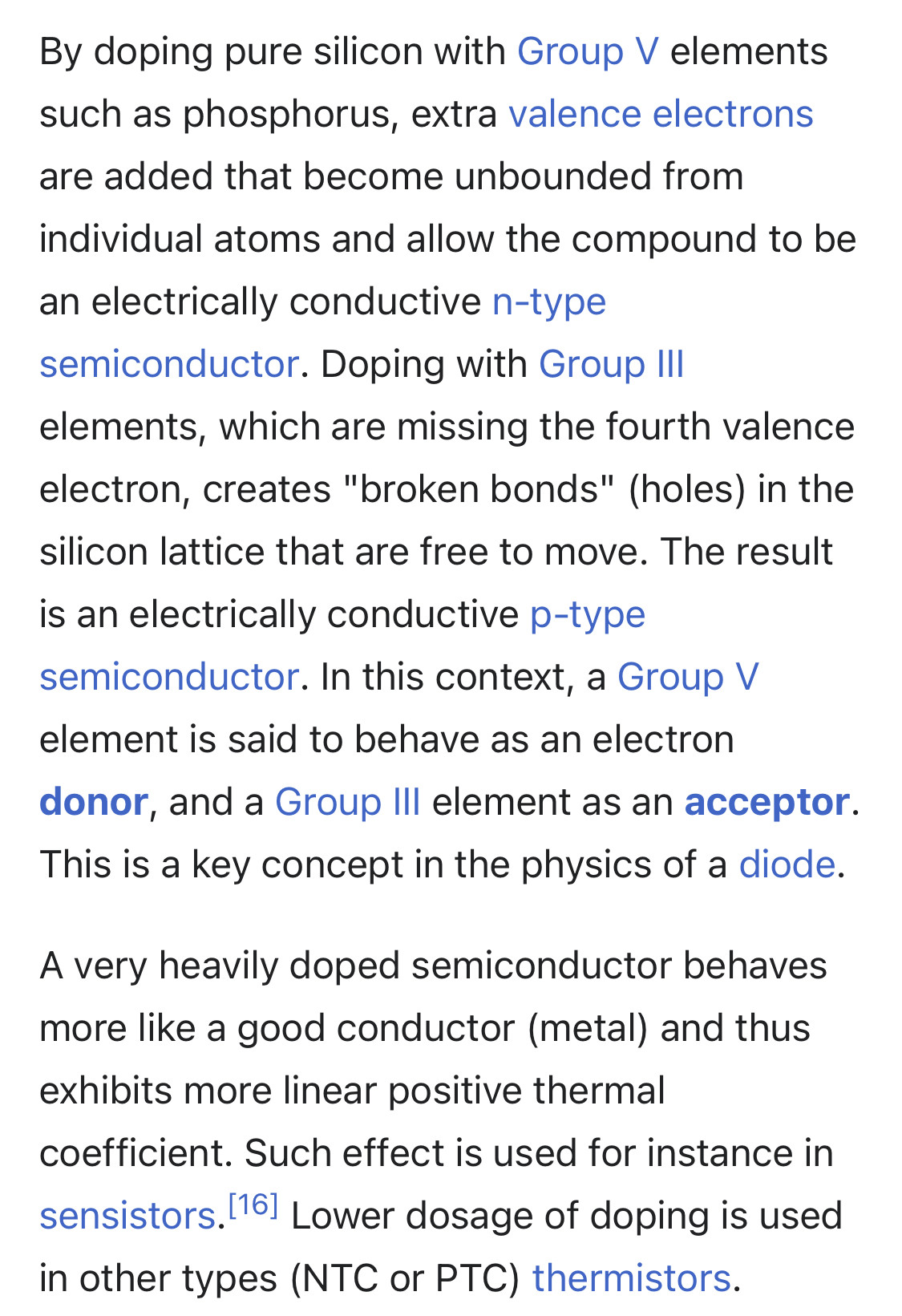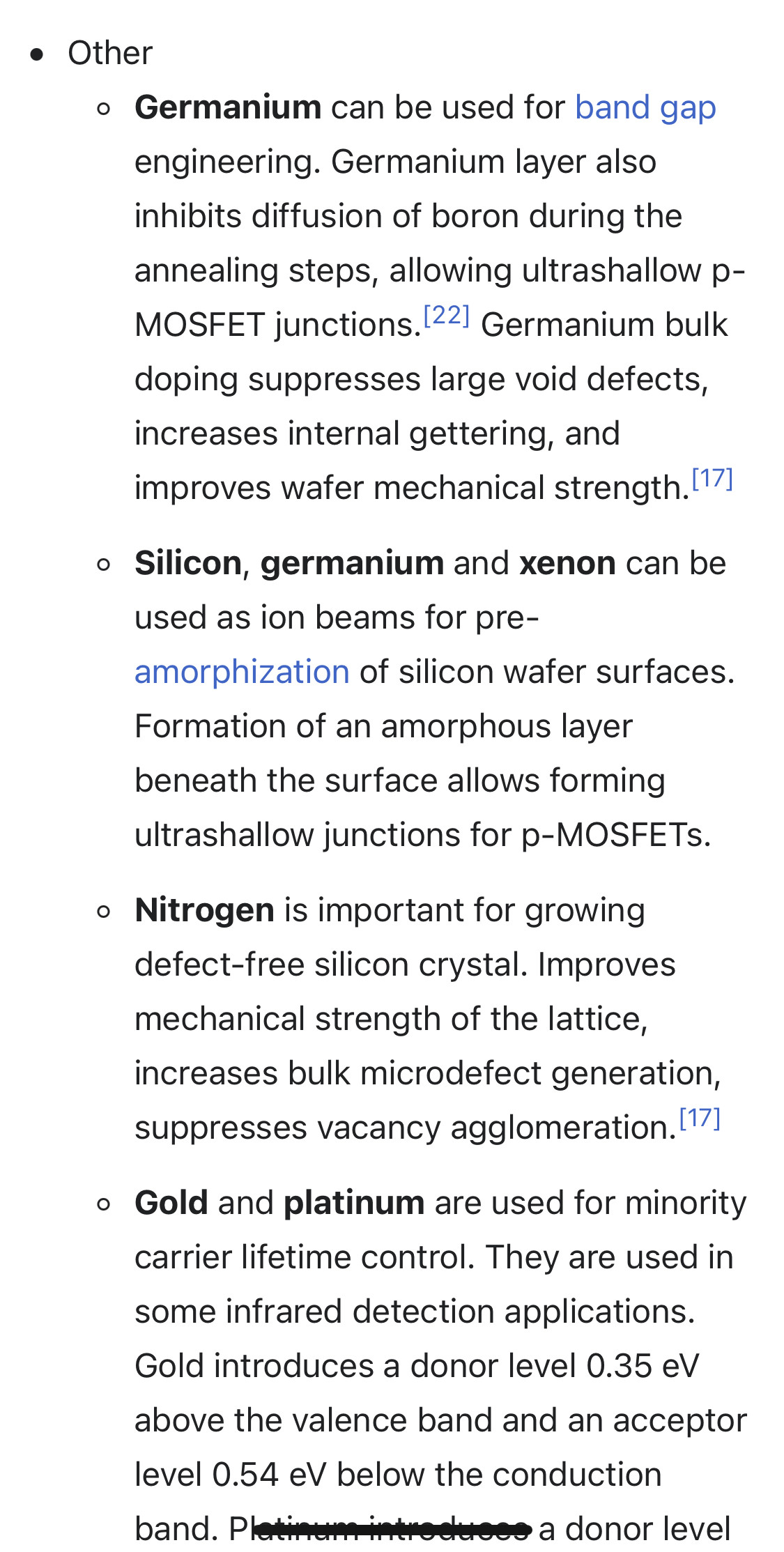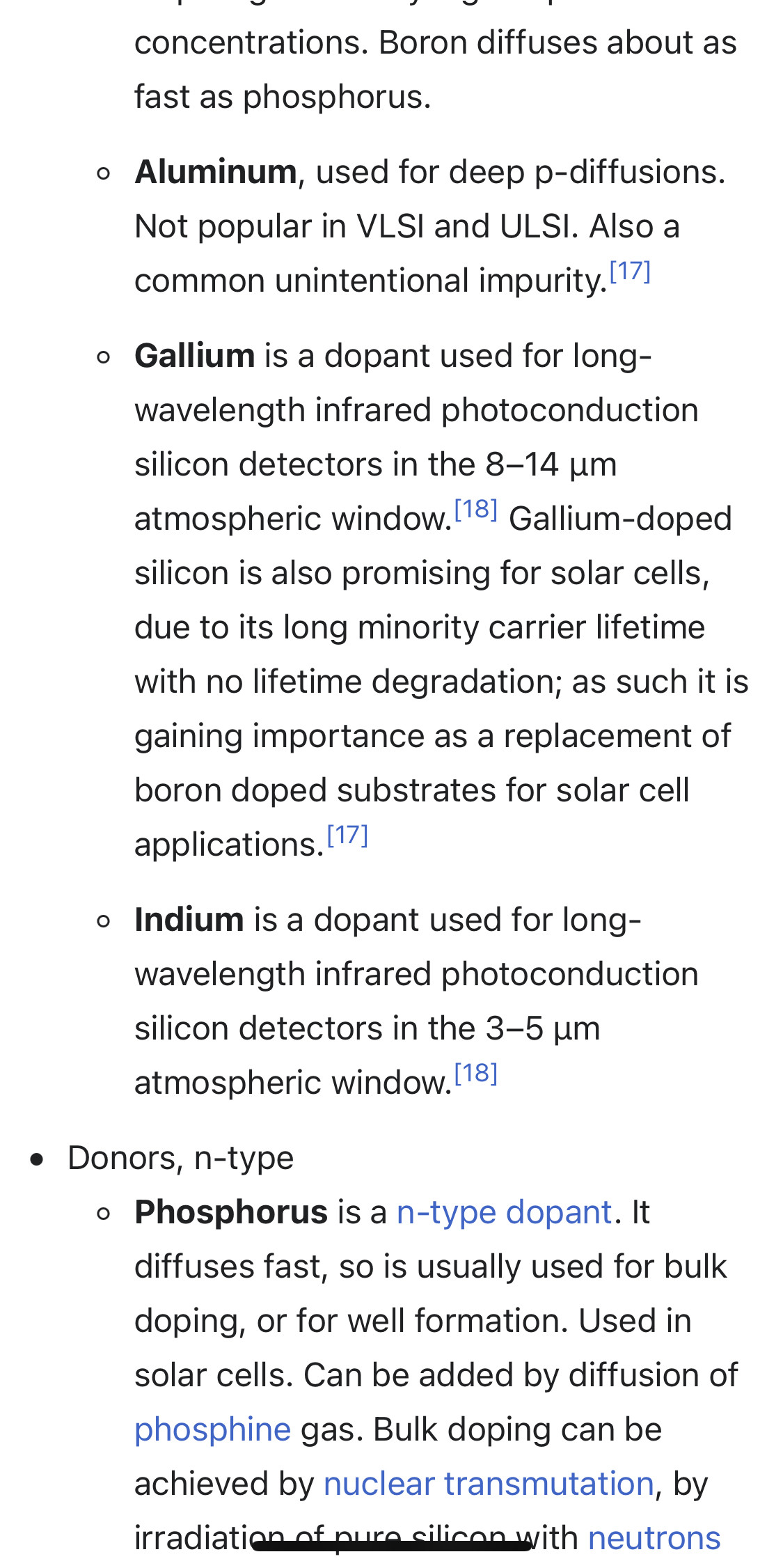The Mac
@TheMac
26 September, 05:06
Notice: Undefined index: tg1tga_access in /home/admin/www/anonup.com/themes/default/apps/timeline/post.phtml on line 396
The Mac
@TheMac
26 September, 05:11
In response The Mac to his Publication
Father, forgive them; for they know not what they do.
Notice: Undefined index: tg1tga_access in /home/admin/www/anonup.com/themes/default/apps/timeline/post.phtml on line 396
The Mac
@TheMac
26 September, 05:14
In response The Mac to his Publication
COVID-19 and Brain Injury. COVID-19 may lead to changes in personality and behavior, which require treatment across the continuum of care. Traumatic brain injury, stroke, anoxic brain injury, encephalitis, and other neurological conditions leading to brain insult can be devastating to individuals and those close to them ( Table 1 ).
Notice: Undefined index: tg1tga_access in /home/admin/www/anonup.com/themes/default/apps/timeline/post.phtml on line 396
The Mac
@TheMac
26 September, 05:16
In response The Mac to his Publication
Brain injury due to oxygen deficiency Lightning or Electric shock
Notice: Undefined index: tg1tga_access in /home/admin/www/anonup.com/themes/default/apps/timeline/post.phtml on line 396
The Mac
@TheMac
26 September, 05:22
In response The Mac to his Publication
Notice: Undefined index: tg1tga_access in /home/admin/www/anonup.com/themes/default/apps/timeline/post.phtml on line 396
The Mac
@TheMac
26 September, 05:22
In response The Mac to his Publication
An oxidizing agent (also known as an oxidant, oxidizer, electron recipient, or electron acceptor) is a substance in a redox chemical reaction that gains or "accepts"/"receives" an electron from a reducing agent (called the reductant, reducer, or electron donor). In other words, an oxidizer is any substance that oxidizes another substance. The oxidation state, which describes the degree of loss of electrons, of the oxidizer decreases while that of the reductant increases; this is expressed by saying that oxidizers "undergo reduction" and "are reduced" while reducers "undergo oxidation" and "are oxidized". Common oxidizing agents are oxygen, hydrogen peroxide and the halogens.
Notice: Undefined index: tg1tga_access in /home/admin/www/anonup.com/themes/default/apps/timeline/post.phtml on line 396
The Mac
@TheMac
26 September, 05:23
In response The Mac to his Publication
Notice: Undefined index: tg1tga_access in /home/admin/www/anonup.com/themes/default/apps/timeline/post.phtml on line 396
The Mac
@TheMac
26 September, 05:24
In response The Mac to his Publication
In one sense, an oxidizing agent is a chemical species that undergoes a chemical reaction in which it gains one or more electrons. In that sense, it is one component in an oxidation–reduction (redox) reaction. In the second sense, an oxidizing agent is a chemical species that transfers electronegative atoms, usually oxygen, to a substrate. Combustion, many explosives, and organic redox reactions involve atom-transfer reactions.
Notice: Undefined index: tg1tga_access in /home/admin/www/anonup.com/themes/default/apps/timeline/post.phtml on line 396
The Mac
@TheMac
26 September, 05:25
In response The Mac to his Publication
In a combustion reaction, a fuel is heated and it reacts with oxygen. The fire triangle summarises the three things needed for combustion - a fuel, heat and oxygen.
Notice: Undefined index: tg1tga_access in /home/admin/www/anonup.com/themes/default/apps/timeline/post.phtml on line 396
The Mac
@TheMac
26 September, 05:26
In response The Mac to his Publication
In physics, a photon gas is a gas-like collection of photons, which has many of the same properties of a conventional gas like hydrogen or neon – including pressure, temperature, and entropy. The most common example of a photon gas in equilibrium is the black-body radiation.
Notice: Undefined index: tg1tga_access in /home/admin/www/anonup.com/themes/default/apps/timeline/post.phtml on line 396
The Mac
@TheMac
26 September, 05:30
In response The Mac to his Publication
Electron acceptors participate in electron-transfer reactions. In this context, the oxidizing agent is called an electron acceptor and the reducing agent is called an electron donor. A classic oxidizing agent is the ferrocenium ion Fe(C
5H
5)+
2, which accepts an electron to form Fe(C5H5)2. One of the strongest acceptors commercially available is "Magic blue", the radical cation derived from N(C6H4-4-Br)3.[2]
Extensive tabulations of ranking the electron accepting properties of various reagents (redox potentials) are available, see Standard electrode potential (data page).
5H
5)+
2, which accepts an electron to form Fe(C5H5)2. One of the strongest acceptors commercially available is "Magic blue", the radical cation derived from N(C6H4-4-Br)3.[2]
Extensive tabulations of ranking the electron accepting properties of various reagents (redox potentials) are available, see Standard electrode potential (data page).
Notice: Undefined index: tg1tga_access in /home/admin/www/anonup.com/themes/default/apps/timeline/post.phtml on line 396
The Mac
@TheMac
26 September, 06:10
In response The Mac to his Publication
Molecular doping of organic semiconductors is a powerful tool for the optimization of organic electronic devices and organic thermoelectric materials. However, there are few redox dopants that have a sufficiently high electron affinity to allow the doping of conjugated polymers with an ionization energy of more than 5.3 eV. Here, p-doping of a broad palette of conjugated polymers with high ionization energies is achieved by using the strong oxidant tris(4-bromophenyl)ammoniumyl hexachloroantimonate (Magic Blue). In particular diketopyrrolopyrrole (DPP)-based copolymers reach a conductivity of up to 100 S cm−1 and a thermoelectric power factor of 10 µW m−1 K−2. Further, both electron paramagnetic resonance (EPR) as well as a combination of spectroelectrochemistry and chronoamperometry is used to estimate the charge-carrier density of the polymer PDPP-3T doped with Magic Blue.
Notice: Undefined index: tg1tga_access in /home/admin/www/anonup.com/themes/default/apps/timeline/post.phtml on line 396
The Mac
@TheMac
26 September, 06:10
In response The Mac to his Publication
A molar attenuation coefficient of 6.0 ± 0.2 × 103 m2 mol−1 is obtained for the first polaronic sub-bandgap absorption of electrochemically oxidized PDPP-3T. Comparison with chemically doped PDPP-3T suggests a charge-carrier density on the order of 1026 m−3, which yields a charge-carrier mobility of up to 0.5 cm2 V−1 s−1 for the most heavily doped material.
Notice: Undefined index: tg1tga_access in /home/admin/www/anonup.com/themes/default/apps/timeline/post.phtml on line 396
The Mac
@TheMac
26 September, 06:13
In response The Mac to his Publication
Notice: Undefined index: tg1tga_access in /home/admin/www/anonup.com/themes/default/apps/timeline/post.phtml on line 396
The Mac
@TheMac
26 September, 06:15
In response The Mac to his Publication
In semiconductor production, doping is the intentional introduction of impurities into an intrinsic semiconductor for the purpose of modulating its electrical, optical and structural properties. The doped material is referred to as an extrinsic semiconductor.
Small numbers of dopant atoms can change the ability of a semiconductor to conduct electricity. When on the order of one dopant atom is added per 100 million atoms, the doping is said to be low or light. When many more dopant atoms are added, on the order of one per ten thousand atoms, the doping is referred to as high or heavy.
Small numbers of dopant atoms can change the ability of a semiconductor to conduct electricity. When on the order of one dopant atom is added per 100 million atoms, the doping is said to be low or light. When many more dopant atoms are added, on the order of one per ten thousand atoms, the doping is referred to as high or heavy.
Notice: Undefined index: tg1tga_access in /home/admin/www/anonup.com/themes/default/apps/timeline/post.phtml on line 396
The Mac
@TheMac
26 September, 06:15
In response The Mac to his Publication
This is often shown as n+ for n-type doping or p+ for p-type doping. (See the article on semiconductors for a more detailed description of the doping mechanism.) A semiconductor doped to such high levels that it acts more like a conductor than a semiconductor is referred to as a degenerate semiconductor. A semiconductor can be considered i-type semiconductor if it has been doped in equal quantities of p and n.
In the context of phosphors and scintillators, doping is better known as activation; this is not to be confused with dopant activation in semiconductors. Doping is also used to control the color in some pigments.
In the context of phosphors and scintillators, doping is better known as activation; this is not to be confused with dopant activation in semiconductors. Doping is also used to control the color in some pigments.
Notice: Undefined index: tg1tga_access in /home/admin/www/anonup.com/themes/default/apps/timeline/post.phtml on line 396
The Mac
@TheMac
26 September, 08:07
In response The Mac to his Publication
Notice: Undefined index: tg1tga_access in /home/admin/www/anonup.com/themes/default/apps/timeline/post.phtml on line 396
The Mac
@TheMac
26 September, 08:10
In response The Mac to his Publication
Notice: Undefined index: tg1tga_access in /home/admin/www/anonup.com/themes/default/apps/timeline/post.phtml on line 396
The Mac
@TheMac
26 September, 08:10
In response The Mac to his Publication
Notice: Undefined index: tg1tga_access in /home/admin/www/anonup.com/themes/default/apps/timeline/post.phtml on line 396
The Mac
@TheMac
26 September, 08:13
In response The Mac to his Publication
Notice: Undefined index: tg1tga_access in /home/admin/www/anonup.com/themes/default/apps/timeline/post.phtml on line 396
Only people mentioned by TheMac in this post can reply
The Mac
@TheMac
26 September, 08:14
In response The Mac to his Publication
Notice: Undefined index: tg1tga_access in /home/admin/www/anonup.com/themes/default/apps/timeline/post.phtml on line 396
The Mac
@TheMac
26 September, 08:16
In response The Mac to his Publication
Notice: Undefined index: tg1tga_access in /home/admin/www/anonup.com/themes/default/apps/timeline/post.phtml on line 396











